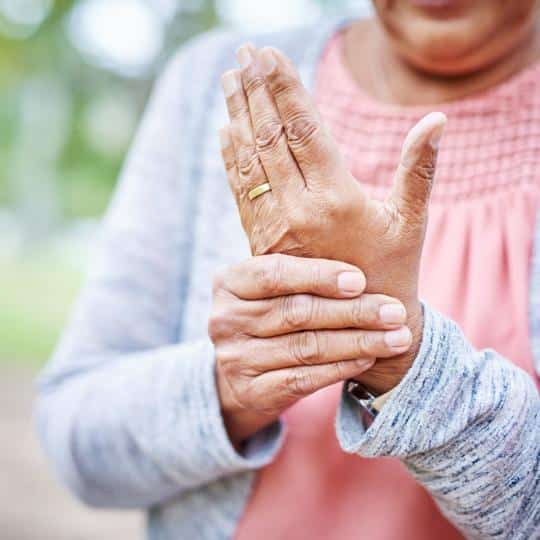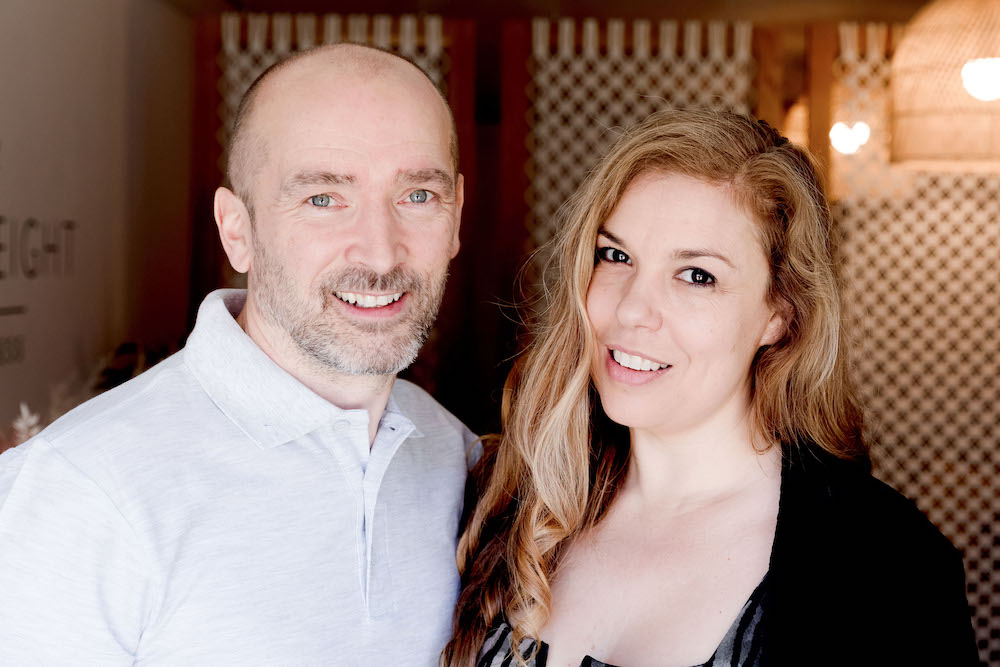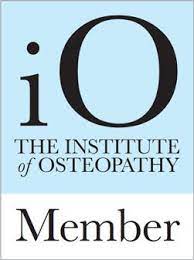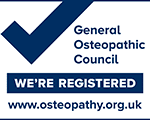WHY DOES OSTEOARTHRITIS CAUSE PAIN?
Osteoarthritis (OA) is the most common form of arthritis affecting millions worldwide, especially as we get older. It can affect individuals of all ages and backgrounds, with various factors influencing when it starts and how severe it gets. Early diagnosis, appropriate treatment, and lifestyle modifications can help manage symptoms and improve the quality of life for individuals living with arthritis, regardless of their age or circumstances.
Osteoarthritis primarily affects older adults and tends to be more common in women. However, it can also occur in younger individuals due to specific risk factors or joint injuries. For example, previous joint injuries or overuse of certain joints can increase the risk of developing osteoarthritis. This is especially true for individuals who have experienced sports injuries, repetitive stress injuries, or accidents that have damaged their joints.
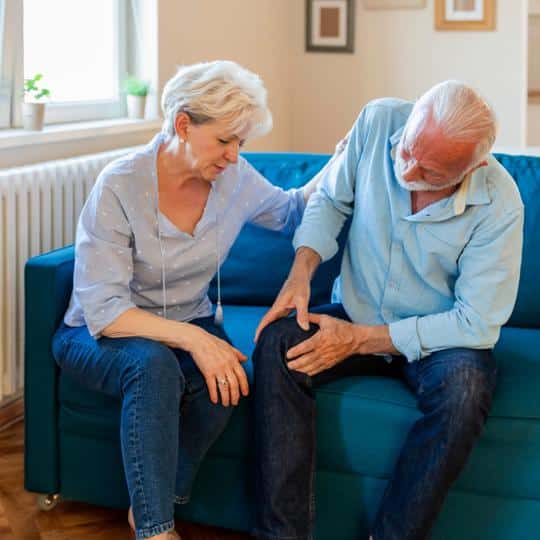
OCCUPATION
Certain occupations that involve repetitive movements, heavy lifting, or prolonged kneeling or squatting may increase the risk of osteoarthritis. Additionally, occupations that require prolonged sitting or standing may also impact joint health over time.
BMI
Other factors can also make you susceptible to osteoarthritis pain. Being overweight is a significant risk factor for osteoarthritis, particularly in weight-bearing joints such as the knees, hips, and spine. Excess weight places additional stress on the joints, leading to accelerated wear and tear of cartilage.
GENETICS
Our genetics plays a role in the development of OA and whether we will experience symptoms. Individuals with a family history are more likely to develop the condition themselves, suggesting a genetic predisposition to joint degeneration.
SKELETAL ABNORMALITIES
If we have any structural differences in our skeleton or malalignment this can also contribute to the development of osteoarthritis. Conditions such as “bowlegs”, “knock knees”, scoliosis or hip dysplasia can alter joint mechanics and increase the risk of cartilage damage.
JOINT STRESSORS
Factors such as poor posture, improper body mechanics, and inadequate joint support can contribute to joint stress and increase the risk of osteoarthritis.
Many people are concerned about how OA may impact their daily life. Understanding the intricate mechanisms at play within our joints can help us to understand why osteoarthritis causes pain.
INFLAMMATION
Central to the pain experienced in osteoarthritis is inflammation. This condition initiates a chronic (long term) inflammatory response within the joint, resulting in swelling, tenderness, and pain. Unlike acute (short term in response to an injury) inflammation, which serves as a protective mechanism, chronic inflammation in osteoarthritis contributes to tissue damage and ongoing discomfort.
CARTILAGE DETERIORATION
A key player in osteoarthritis pain is the deterioration of cartilage, the smooth tissue that cushions the ends of bones within the joint. As cartilage wears away over time it causes friction and pain. This loss of cushioning can significantly impact joint function and mobility, leading to stiffness and discomfort, particularly during movement.
CHANGES IN HOW JOINT MOVES
Furthermore, changes in joint mechanics play a crucial role in aggravating osteoarthritis pain. As the structure of the joint changes due to cartilage loss and bony changes, abnormal stress is placed on surrounding tissues. This can result in increased pain and stiffness, especially with weight-bearing activities.
PAIN RECEPTORS IN NERVES
Nerve involvement further exacerbates osteoarthritis pain. As the disease progresses, nerves within the joint become sensitised, leading to a heightened perception of pain. Additionally, inflammation and tissue damage can stimulate specialised pain receptors, contributing to the overall sensation of discomfort.
MANAGING PAIN IN JOINTS
Understanding the underlying mechanisms of osteoarthritis pain is pivotal in effectively managing the condition and improving quality of life. While there may not be a cure for osteoarthritis, various treatment options are available to alleviate pain and enhance joint function. Here are three ways you can help manage the symptoms.
- Maintain a healthy weight,
- Low-impact exercises,
- Osteopathy or Physical therapy
MEDICATION
Medications, including over-the-counter pain relievers and anti-inflammatory drugs, may be prescribed to manage osteoarthritis pain and inflammation. In some cases, corticosteroid injections directly into the joint can provide temporary relief from discomfort.
SURGICAL INTERVENTIONS
For individuals with severe osteoarthritis that does not respond to conservative treatments, surgical interventions such as joint replacement may be considered. These options should be discussed with a healthcare provider to determine the most appropriate course of action based on individual needs and goals.
If you are living with osteoarthritis, The Poplar Osteopathy Clinic, specialises in providing comprehensive care and personalised treatment plans for you. Our arthritis experts are dedicated to helping you manage pain, improve joint function, and regain control of your life. Book here for a free discovery session to find out how we can help you
By gaining insight into the mechanics behind osteoarthritis pain, you can take proactive steps to minimise its impact and optimise your well-being. Remember, you are not alone in this journey. We are here to support you every step of the way.


